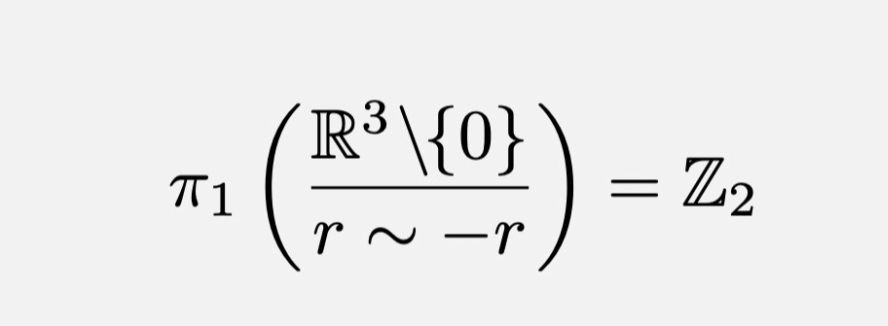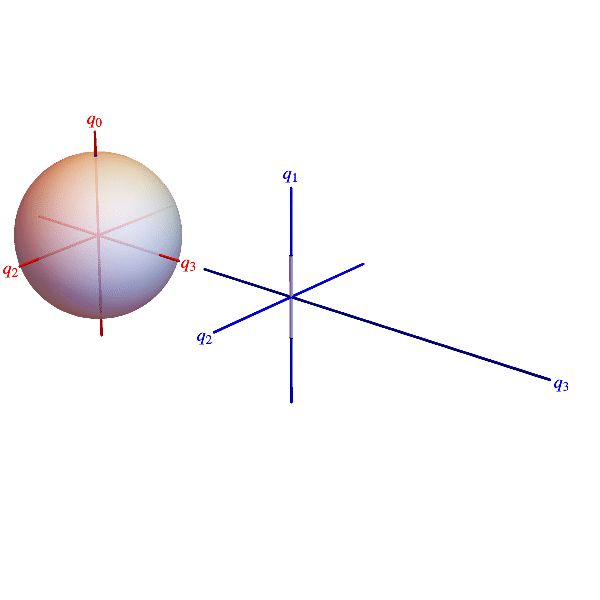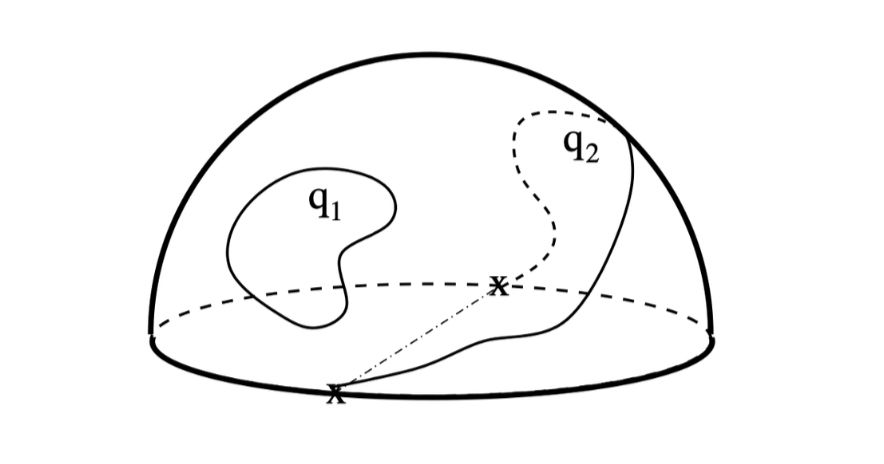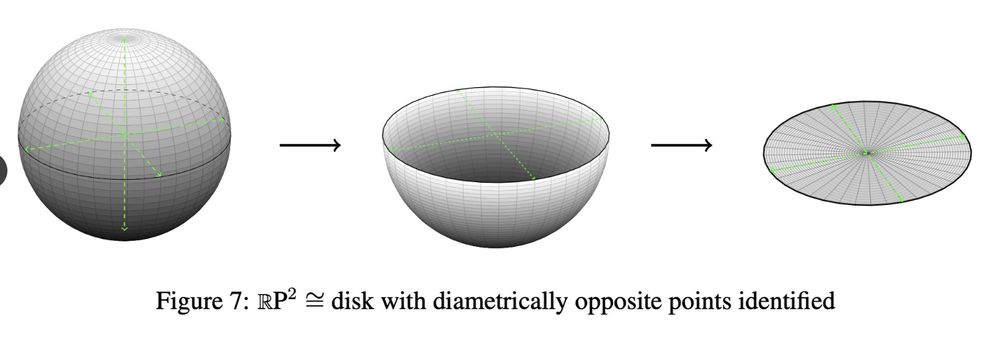Martin Bauer
@martinmbauer.bsky.social
3.3K followers
920 following
290 posts
I'm a theoretical physicist at Durham University
Posts
Media
Videos
Starter Packs


















